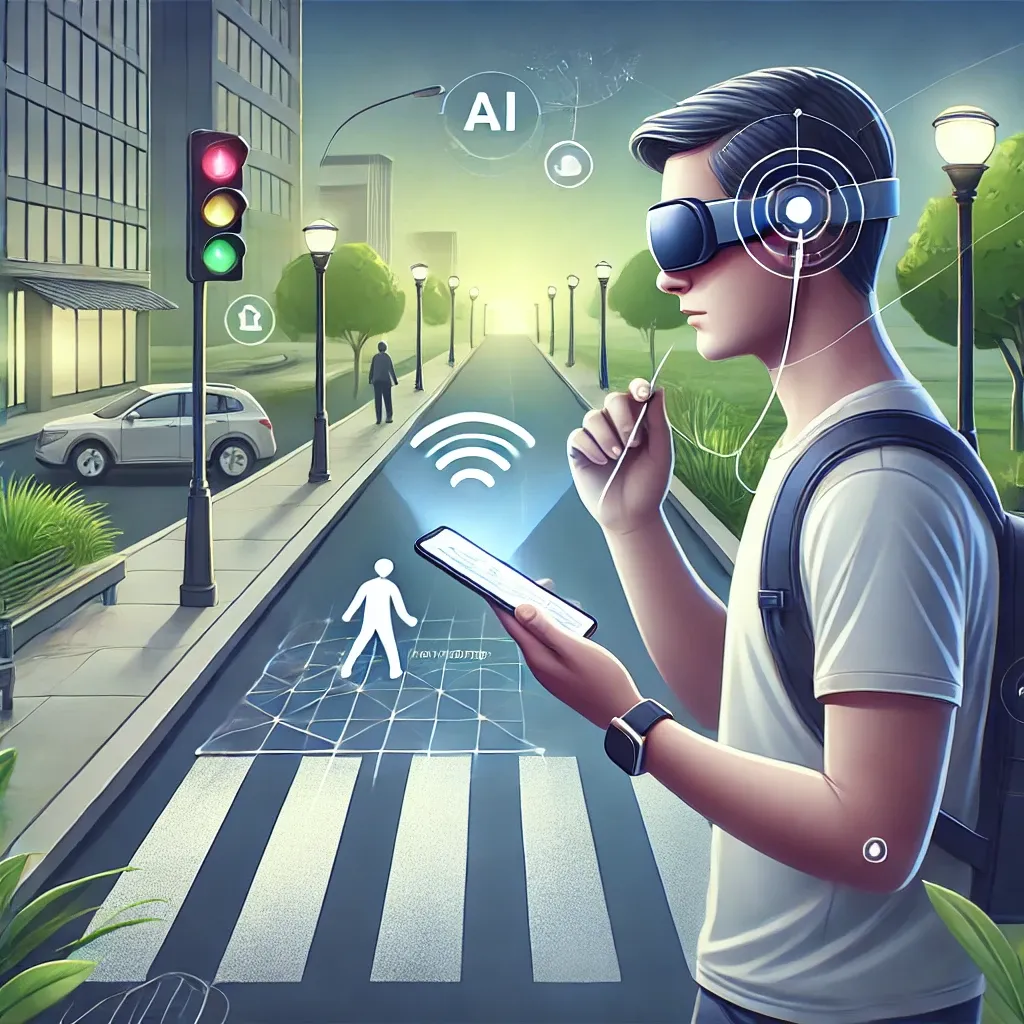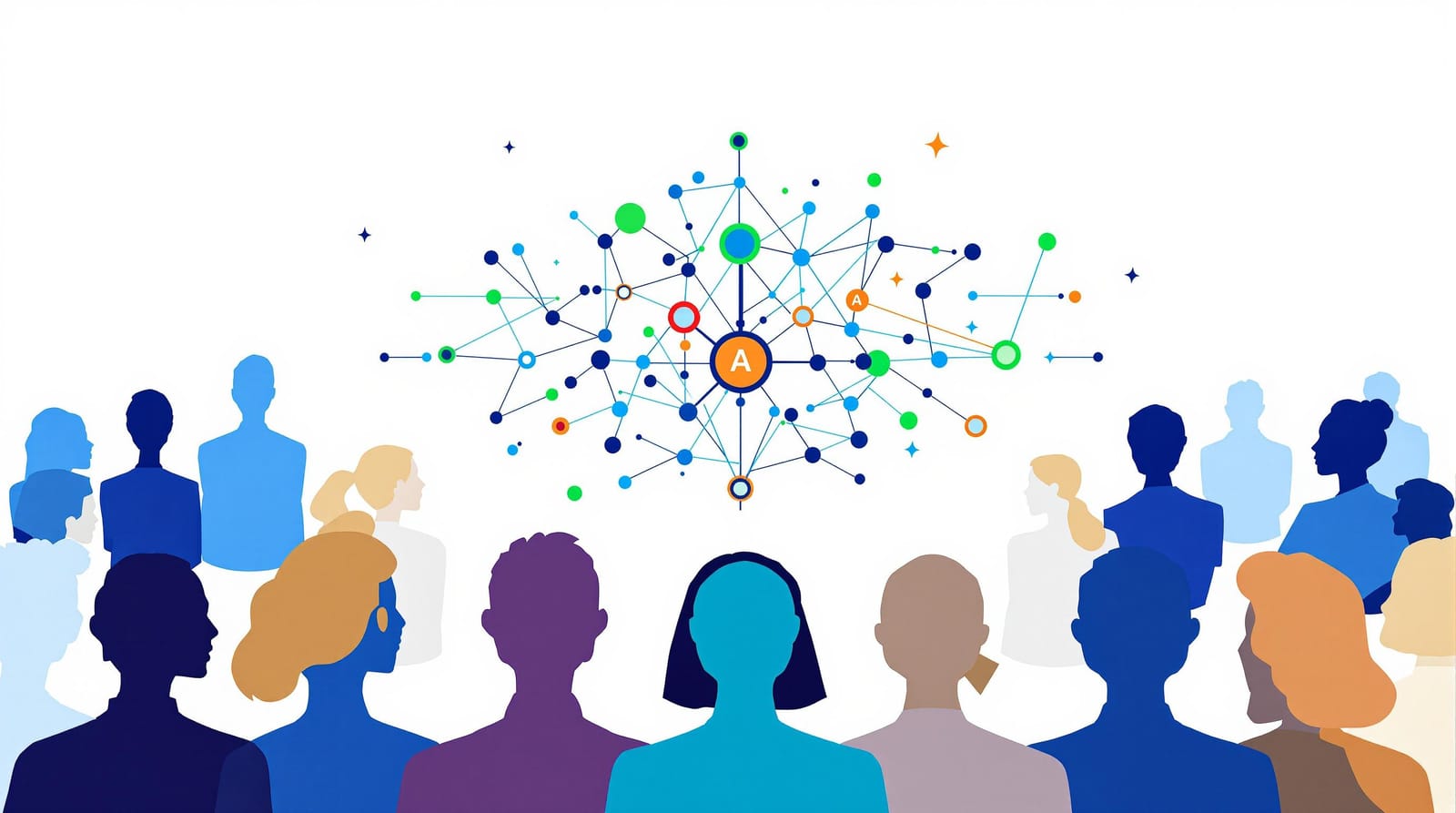Artificial Intelligence (AI) has been a game-changer in many sectors, revolutionizing how we interact with technology. However, one of its most profound impacts lies in its potential to enhance accessibility for individuals with disabilities. By bridging the accessibility gap, AI is paving the way for a more inclusive world where everyone can participate and thrive.
The Promise of AI in Accessibility
AI-powered tools are making the digital world accessible to those who were previously left out. From speech recognition systems to real-time translation services, the scope of AI in accessibility is vast and varied. Let's explore the significant ways AI is influencing this arena.
Assistive Technologies
Assistive technologies powered by AI are transforming how individuals with disabilities engage with technology and the world around them.
- Speech Recognition and Text-to-Speech Systems
- Advanced speech recognition algorithms enable seamless communication for individuals with speech impairments.
- Computer Vision for the Visually Impaired
- AI-driven applications are helping visually impaired users navigate their environments through object recognition and description.

AI in Communication
AI tools are also enhancing communication, providing new platforms for interaction and self-expression.
- Real-Time Translation Services
- Applications like Google Translate are allowing for real-time language conversion, helping break down language barriers.
- Augmentative and Alternative Communication (AAC) Devices
- AI is advancing AAC devices, making them more intuitive and responsive.

Expert Insights
Dr. Emily Chen, Accessibility Researcher
"AI is not simply a trend; it's a tool that has the potential to revolutionize accessibility. However, it's crucial to develop these technologies with input from the communities that will use them to ensure they address real needs."
John Rivera, AI Engineer at TechAccess Innovations
"The key to successful AI in accessibility lies in customization. By personalizing technology, we can better address diverse needs and preferences."
Challenges and Ethical Considerations
As with any technology, integrating AI into accessibility isn't without its challenges. It's essential to consider both the benefits and potential drawbacks.
Ethical Concerns
- Privacy and Data Security
- The use of AI in personal and sensitive areas requires stringent privacy protections.
- Bias in AI Systems
- AI systems must be trained on diverse datasets to avoid biases that could disadvantage certain groups.

Bridging the Gap
To truly bridge the accessibility gap, a collaborative effort between technologists, policymakers, and disability advocates is essential. By fostering inclusive design and open dialogue, we can ensure that AI solutions are both effective and equitable.
Conclusion
AI holds immense promise for improving accessibility, offering powerful tools that can significantly enhance the quality of life for individuals with disabilities. As we continue to innovate, it's imperative to keep inclusivity and ethics at the forefront, ensuring that AI serves as a bridge, not a barrier, to accessibility.
What are your thoughts on AI's role in accessibility? Join the conversation and share your insights below.
Internal Links
- Learn more about AI in Healthcare and its transformative effects on patient care.
- Explore developments in Machine Learning for All.
External Resources
- For more information on inclusive design, visit The Inclusive Design Research Centre.
- Discover how AI is shaping accessibility at Google Accessibility.




